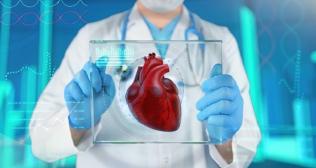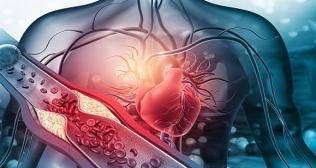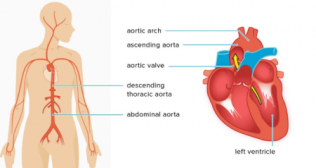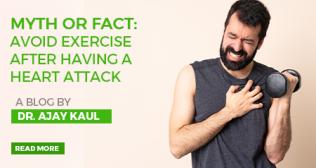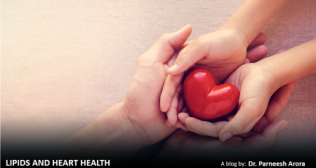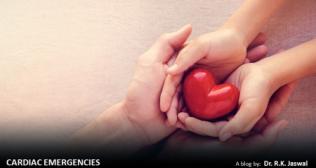
Cholesterol: The Good And The Bad

The goal for anyone who wants a healthy body is not merely to lower your cholesterol level, but to maximize the good and minimize the bad types of cholesterol. There are in fact two kinds of cholesterol, one ‘good’ and the other ‘bad’. What differentiates the two types? Can you control your levels through any particular diet or exercise?
Let’s investigate:
HDL: ‘GOOD’ CHOLESTEROL Cholesterol and fatty particles in general can’t dissolve in the blood. Instead, they are transported to and from your body’s cells by carriers called lipoproteins. High-density lipoproteins (HDL) are regarded as ‘good’ cholesterol because they can protect the body against heart attacks. Cardiologists and medical experts believe HDL cholesterol can do this because it is able to carry ‘bad’ cholesterol stored in the arteries back to the liver, where it is processed and expelled from the body; hence its nickname, ‘the garbage collector’. On a general basis, the higher the HDL cholesterol level, the less is the likelihood of heart disease.
LDL: ‘BAD’ CHOLESTEROL Low-density lipoprotein (LDL) cholesterol is considered bad as it can slowly accumulate on the inner walls of the arteries when too much of it circulates in the blood. Together with other substances, it forms plaque, a thick, hard deposit that can eventually narrow the arteries and disrupt blood circulation in them. This condition is known as atherosclerosis and it puts the body at a risk of heart attack or stroke.
WHAT ARE IDEAL HDL AND LDL CHOLESTEROL LEVELS? A person’s total cholesterol levels (the total sum of HDL and LDL) will vary according to his or her diet, activity level and genes. Based on current recommendations, the desirable level of LDL cholesterol for people from western or developed cultures is lower than 130mg/dl, while for HDL cholesterol it is greater than 50mg/dl. However, an individual at a risk of heart disease should have an LDL cholesterol level lower than 100mg/dl. Interestingly, those at very high risk of heart disease or who already have significant heart disease should have an LDL lower than 70 mg/dl, similar to the LDL levels in new-borns and ‘hunter-gatherer’ communities. If your LDL cholesterol level is above 130mg/dl and you have risk factors for heart disease – such as a family history of it, smoking, diabetes, hypertension, narrowing of the neck or limp arteries – your doctor may advise you to take medication, such as statins, to lower your cholesterol level.
HOW TO INCREASE HDL CHOLESTEROL AND DECREASE LDL CHOLESTEROL? The most natural way of increase HDL cholesterol and decreasing LDL cholesterol is by exercising and eating right. Exercise will also improve your metabolic profile. Your level of triglyceride will decrease, HDL will increase and LDL will decrease to a certain extent, although tremendous amount of exercise is required to lower LDL cholesterol levels substantially. Thirty minutes to an hour of brisk walking five to seven times a week will increase HDL cholesterol levels significantly. Lowering your dietary intake of cholesterol will eventually lower your LDL cholesterol level. Doctors generally recommend that you limit your cholesterol intake to less than 300 milligrams daily. If you have heart disease, limit your daily intake to less than 200 milligrams. Avoiding foods that contain saturated fats and trans fats will significantly lower your dietary cholesterol intake. If your cholesterol level is too high and you have other risk factors for heart disease, your doctor will usually recommend statins and cholesterol-lowering drugs, to reduce your LDL cholesterol level.







